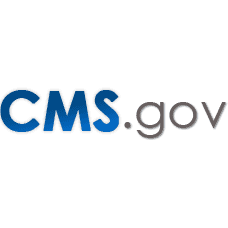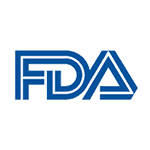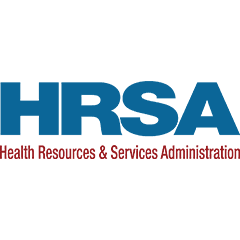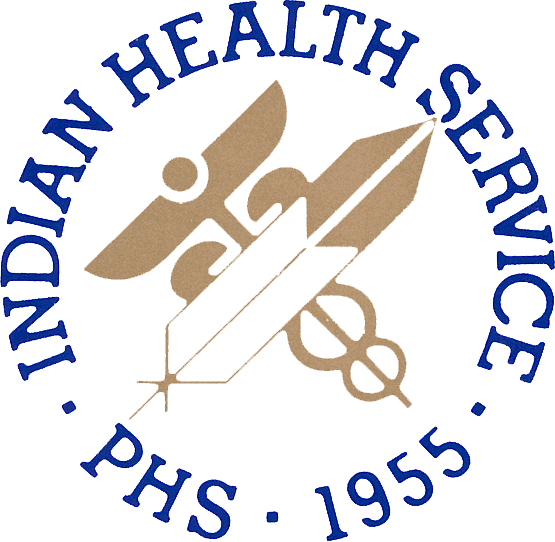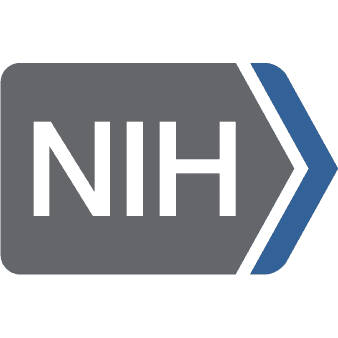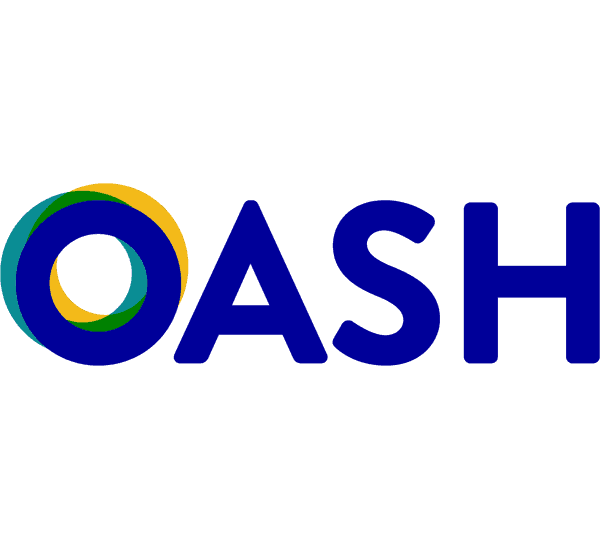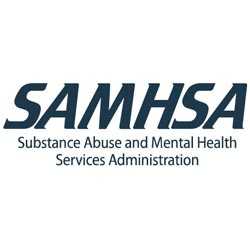HIV Testing Activities
Supporting Widespread Testing and Timely Linkage to Care
An estimated 1.1 million people in the United States are living with HIV. About one in seven are unaware of their infection. As a result, they are not accessing the care and treatment they need to stay healthy and reduce the likelihood of transmitting the virus to their partners. Many federal agencies are engaged in activities to provide more people with testing, increase repeat testing in high risk populations, and make sure that those diagnosed with the virus are linked to prompt, ongoing HIV care.
Knowledge of One’s HIV Status Is Empowering
Receiving the result of an HIV test can be an incredibly powerful event in a person’s life. For those whose test is positive, they can be connected to HIV medical care as soon as possible. Immediate linkage to care increases the likelihood of early initiation of HIV treatment with antiretroviral therapy (ART), which helps people living with HIV stay healthy and protect their sex partners from HIV. For those whose test is negative, it provides an opportunity to assess current risks and re-evaluate the prevention methods being used to stay healthy.
Testing Helps Reduce the Spread of HIV
Undiagnosed infection remains an important factor fueling the HIV epidemic—about 40 percent of ongoing HIV transmissions can be attributed to people who did not know they had the virus, according to an analysis by researchers at the Centers for Disease Control and Prevention (CDC). In addition, late HIV diagnosis is associated with poorer health outcomes and higher death rates. Testing is the only way to ensure that more people living with HIV are aware of their status. When people know they have HIV, research shows that they take steps to protect their own health and prevent transmission to others. The most important step they can take is to start and stay on HIV treatment to maintain a very low or undetectable viral load. People who get tested and learn they are HIV-negative can also make decisions about sex, drug use, and health care that can protect them from HIV. There are more prevention tools available today to prevent HIV than ever before.
Everyone Should be Tested at Least Once. Some People at Least Once a Year.
CDC recommends that all Americans aged 13 to 64 get tested for HIV at least once as part of routine health care, and that people with certain risk factors get tested at least once a year. For example, people who have had more than one sex partner since their last HIV test; people with other sexually transmitted diseases (STDs), hepatitis, or tuberculosis; gay and bisexual men; and people who have shared needles or works to inject drugs are considered likely to be at high risk and should get tested at least once a year. Health care providers can diagnose HIV sooner if they test more people and test people at high risk more often. Read more about who should get tested for HIV.
Federal Efforts to Reduce Undiagnosed HIV Infection
Across the Federal government, agencies are working to make HIV testing more widely available to persons who have never been tested and those who are at increased risk for HIV infection. These efforts include campaigns to educate the public and healthcare providers about the importance of HIV testing and programs with state and local health departments and community-based organizations to improve the availability of HIV testing in communities with the greatest burden of undiagnosed infection. Research is being conducted on how to do this most efficiently and effectively, improve linkage to care, and develop and deploy testing technologies that can detect and confirm HIV test results even earlier after infection and be used anywhere by anyone.
Scroll down to read about the HIV testing activities of individual agencies and offices.

